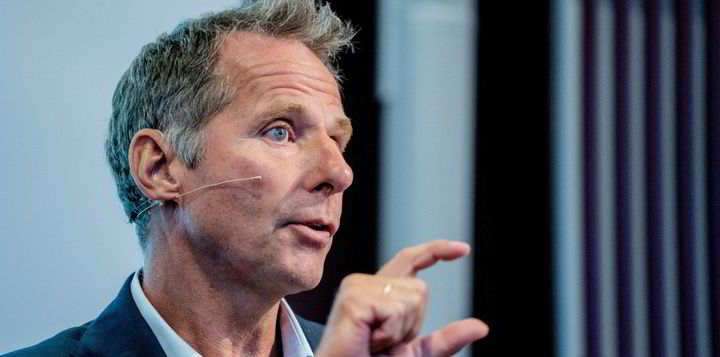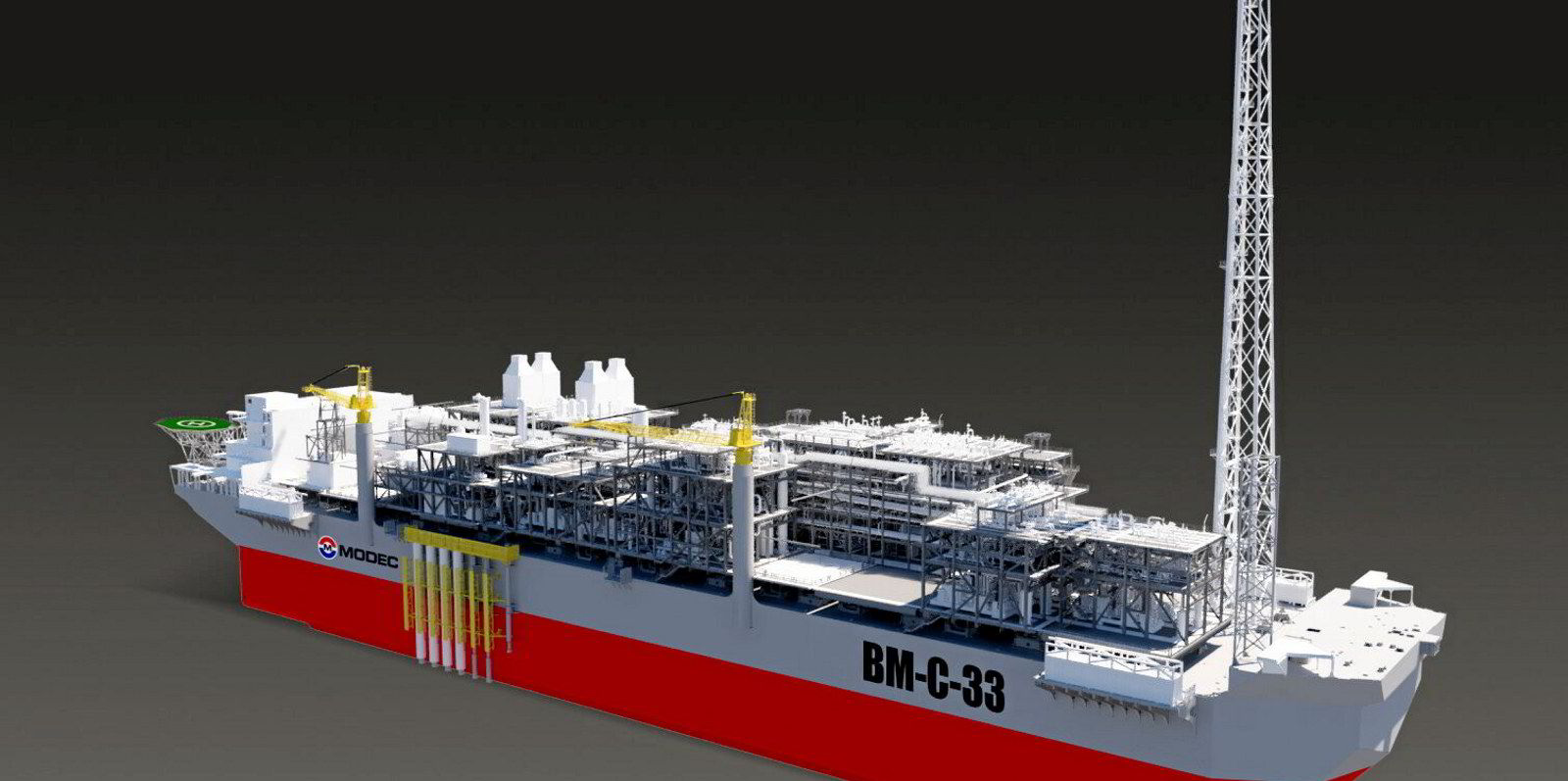The upstream oil and gas industry will see a strong surge in greenfield investment commitments this year, dominated by offshore projects.
Consultants Rystad Energy said that investment in the upstream oil and gas industry this year will hit $151 billion, up 10% from 2022.
Offshore developments are set to dominate these new investments, at almost $81 billion, with more than $52 billion already sanctioned.
In the onshore sector, $23 billion-worth of projects have already been sanctioned to date this year, with a further $46 billion expected for sanctioning in the coming months, according to Rystad.
Almost a third of all commitments are slated for upcoming liquefied natural gas projects, most of which are located in North America, said the consultants’ report.
Floater and fixed projects are next in line contributing almost 20% apiece to the total investment commitments.
Article continues below the advert
Recent sanctioned projects include ExxonMobil’s Uaru development offshore Guyana, on which the operator is expected to invest $10 billion, and the Equinor-operated BM-C-33 project in the Campos Basin offshore Brazil.
Japanese floater specialist Modec has been awarded a contract to deliver the FPSO for the Uaru project.
US energy giant ExxonMobil has chosen UK contractor TechnipFMC to supply the subsea production system, under a contract valued at between $500 million and $1 billion.
Meanwhile, Italy’s Saipem has been contracted for a $1.2 billion contract covering the design, fabrication and installation of subsea structures, risers, flowlines and umbilicals.
Rystad expects greenfield investments for BM-C-33 development will hit $9 billion.
Modec is responsible for delivering the BM-C-33 FPSO, and its operations and maintenance services during the first year after start-up.
The BM-C-33 FPSO is expected to produce approximately 125,000 barrels per day of oil and export around 565 million cubic feet per day of associated gas with minimum storage capacity of 2 million barrels of crude. First oil is scheduled in 2028.
Equnior has awarded the front-end engineering design contract to TechnipFMC, which will also provide the integrated engineering, procurement, construction and installation (iEPCI) service for the subsea system, including risers, flowlines, umbilicals, pipelines and control equipment.
Other sanctioned floater projects include Azule Energy’s Agogo FFD and ONGC’s Cauvery PY-3.
Meanwhile, Aker BP this year is set to sanction multiple fixed developments including Valhall PWP, Fenris (King Lear), Munin (Krafla) and Hugin, Rystad said.
In the US, key LNG projects are making headway, with Venture Global LNG securing a pivotal engineering, procurement and construction contract with Worley for its CP2 LNG.
Worley has been awarded an EPC contract for the 10 million tonnes per annum Phase 1 of its 20 million tpa CP2 LNG plant in Louisiana.
Delfin LNG is also making strides at its LNG initiatives and has signed a binding sales and purchase agreement with Hartree Partners Power & Gas Company.
The strategy encompasses the installation of up to four floating LNG (FLNG) vessels with production capacity of up to 13 million tpa.
Contractors for the project includes Samsung Heavy Industries and Black & Veatch, which have previously completed FEED while the lump-sum turnkey EPC contract is in the final negotiation stage.
Rystad estimates this phase of the project will require a greenfield investment of about $2 billion with start-up expected in 2028.
Sempra’s Port Arthur LNG and Venture Global’s Plaquemines LNG project have already been sanctioned while Qatar’s North Field Expansion (South) project is on track for sanctioning later this year. North America will also see the Puerto Libertad and Rio Grande LNG projects being approved.

